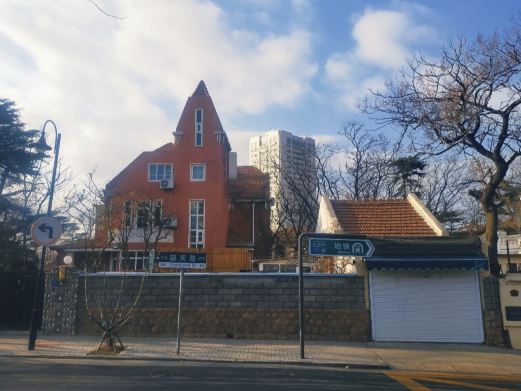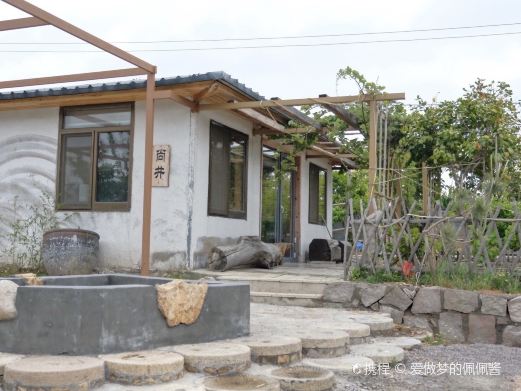Chariots and horses were the primary means of transportation on land in ancient China. The manufacturing of chariots is a highly integrated handicraft sector. Ancient Chinese chariots, known for their excellent performance, have held an important position in the world for a long time. The stirrup, a crucial component of horse riding equipment, was also first invented in China. In this regard, China has made a significant contribution to human civilization. The Linzi China Ancient Car Museum was built based on the Houli Spring and Autumn period chariot and horse burial, one of the top ten national archaeological discoveries in 1990, and is divided into two main parts: the Ancient Car Exhibition Hall and the Underground Spring and Autumn Chariot and Horse Burial Exhibition Hall. The Ancient Car Museum was completed on September 9, 1994, and its content focuses on the research results of ancient Chinese chariots, gathering the essence of carriages from various dynasties in China. Located on the Houli cultural site, the Linzi China Ancient Car Museum is a rich and systematic home to the ancient Chinese chariots, integrating archaeological excavation sites with cultural relics displays. It includes two parts: the Spring and Autumn period chariot and horse burial hall and the ancient Chinese chariots exhibition hall. The Houli Spring and Autumn period chariot and horse burial is unparalleled in scale, completeness, and the beauty of horse decorations, ranking among the top ten national archaeological discoveries. The museum’s content gathers the research achievements of ancient Chinese chariots, fully demonstrating the long history of Chinese carriages and the important position of Chinese chariot technology in the history of world vehicle development. The museum is open all year round from 08:30 to 17:00, closed on the first Monday of each month. Preferential policies include free admission for children under 1.4 meters in height, seniors aged 60 and above with valid identification, disabled persons with valid identification, active-duty military personnel, retired military officers and non-commissioned officers (NCOs) with valid identification, group tour guides with valid identification, full-time primary, middle, and high school students with valid identification at student ticket prices, martyrs’ families, families of military personnel who died in the line of duty, and families of deceased military personnel (the ‘three attributes’ include the spouses, parents or supporters, children, and siblings who are supported by them) with valid proof, and fire rescue personnel with valid identification.
China Ancient Car Museum
Chariots and horses were the primary means of transportation on land in ancient China. The manufactu[...]









